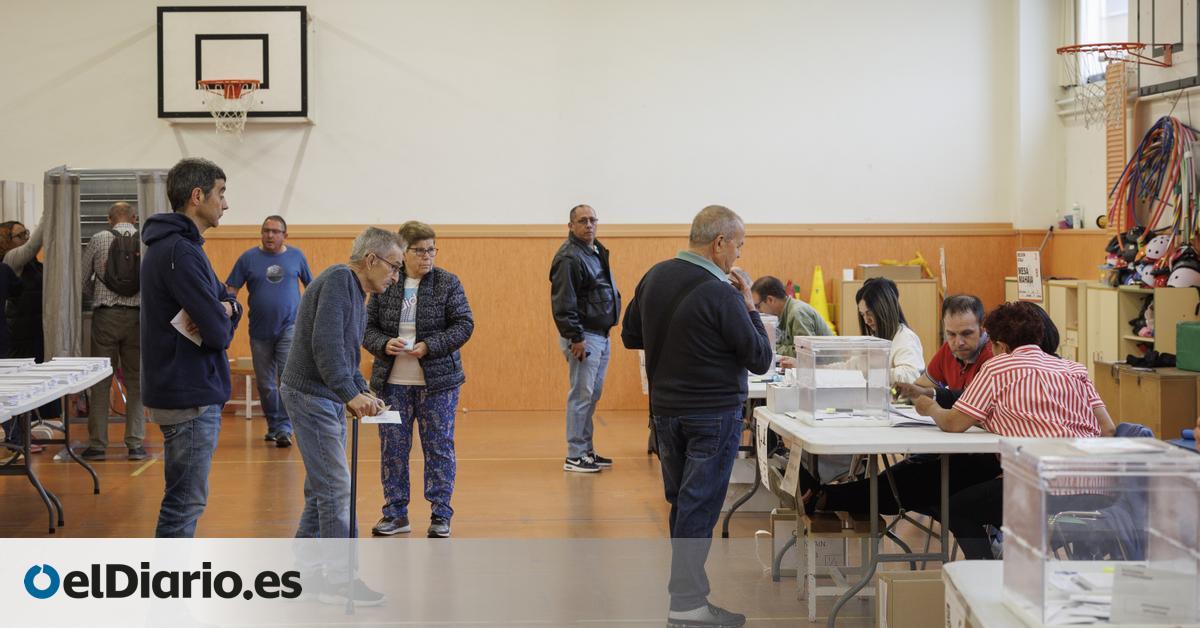
Participation in the European elections at 2:00 p.m. is 28%, lower than that registered in 2019, when the call coincided with the holding of municipal and several regional elections and that raised the figure to 34.74%. However, when compared to 2014, the last European elections that were held separately, this Sunday’s figure is higher (then it was 23.9%). It also exceeds the participation in 2009.
By autonomous community, where most people have gone to vote is in the Valencian Community (33.2%), Madrid (32%), Cantabria (31.4%), La Rioja (31.3%) and Navarra (30. 8%). The figure is lower in the Canary Islands (18.9%), Ceuta (16.8%) and Melilla (16.2%).
If compared to 2019 – when they coincided with municipal and regional elections – the decrease is generalized in all communities. In some, such as Catalunya or Extremadura, the drop is more than ten points. In the provinces of Lleida and Girona it falls 16 and 14 points, respectively.
At the end of the day we will have to add the vote by mail, which this year is much higher than in 2014: more than 571,000 people have already voted by mail compared to the 282,172 who chose this way in the elections to the European Parliament held on May 25 of 2014. By communities, those that have received the most votes by mail are Madrid, Andalusia and Catalonia.
The next participation data that we will know is that of 6:00 p.m. From there, although the polling stations will close at 8:00 p.m. as usual, there will be no counting data until 11:00 p.m. because we will have to wait until all EU member countries have finished voting. Before that we will have projections of the composition of the European Parliament based on national estimates, pre-election surveys or exit polls.
Source: www.eldiario.es

